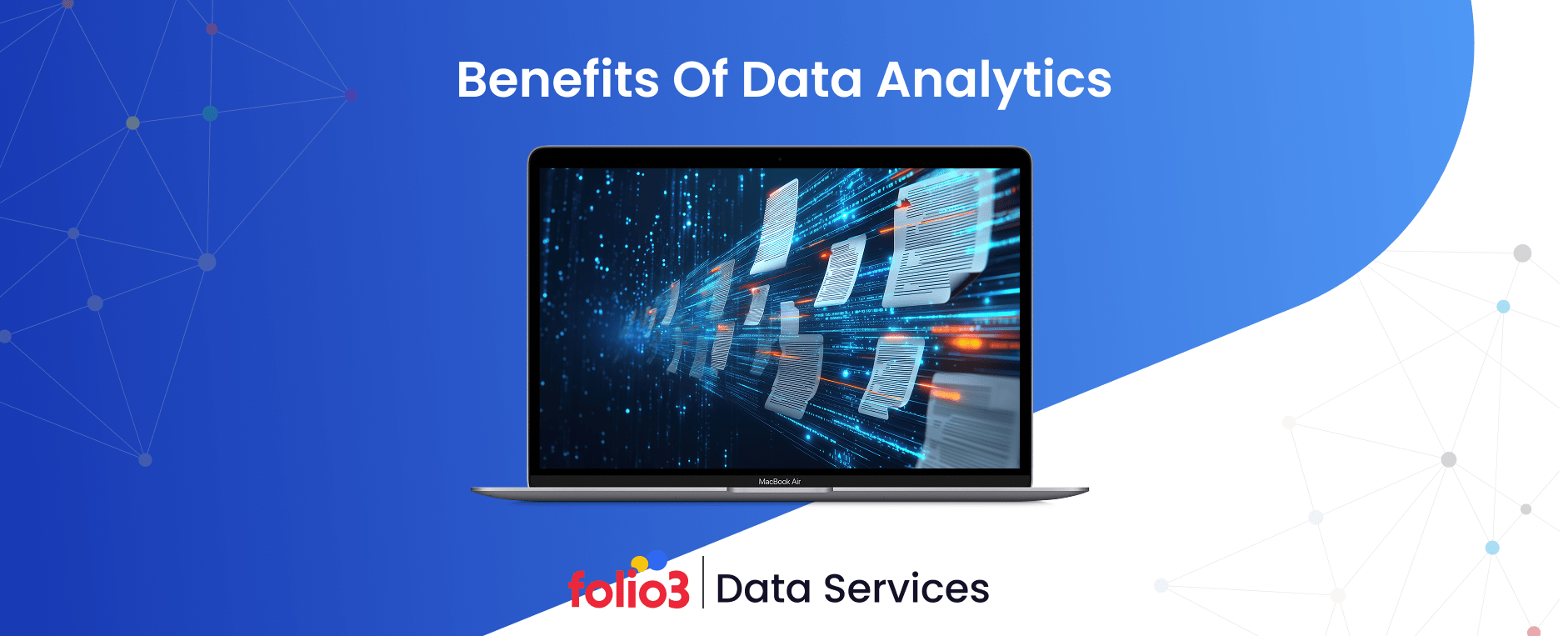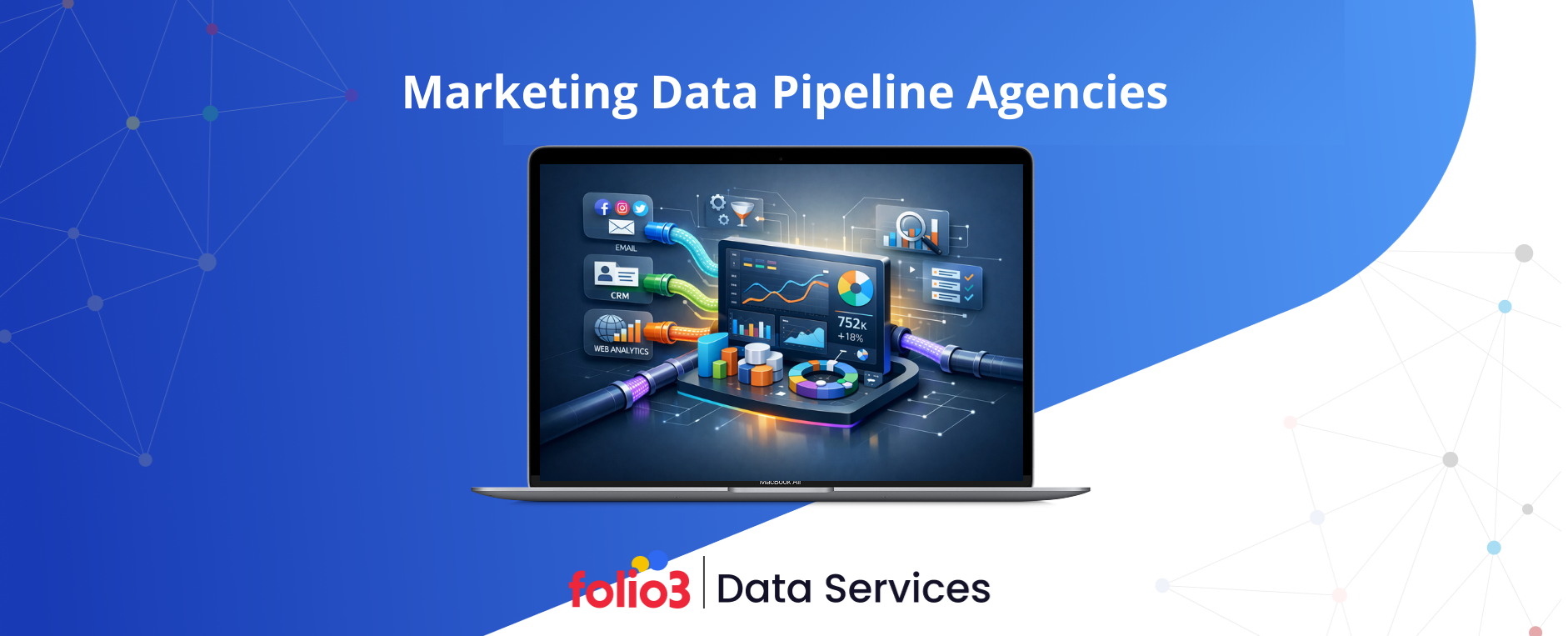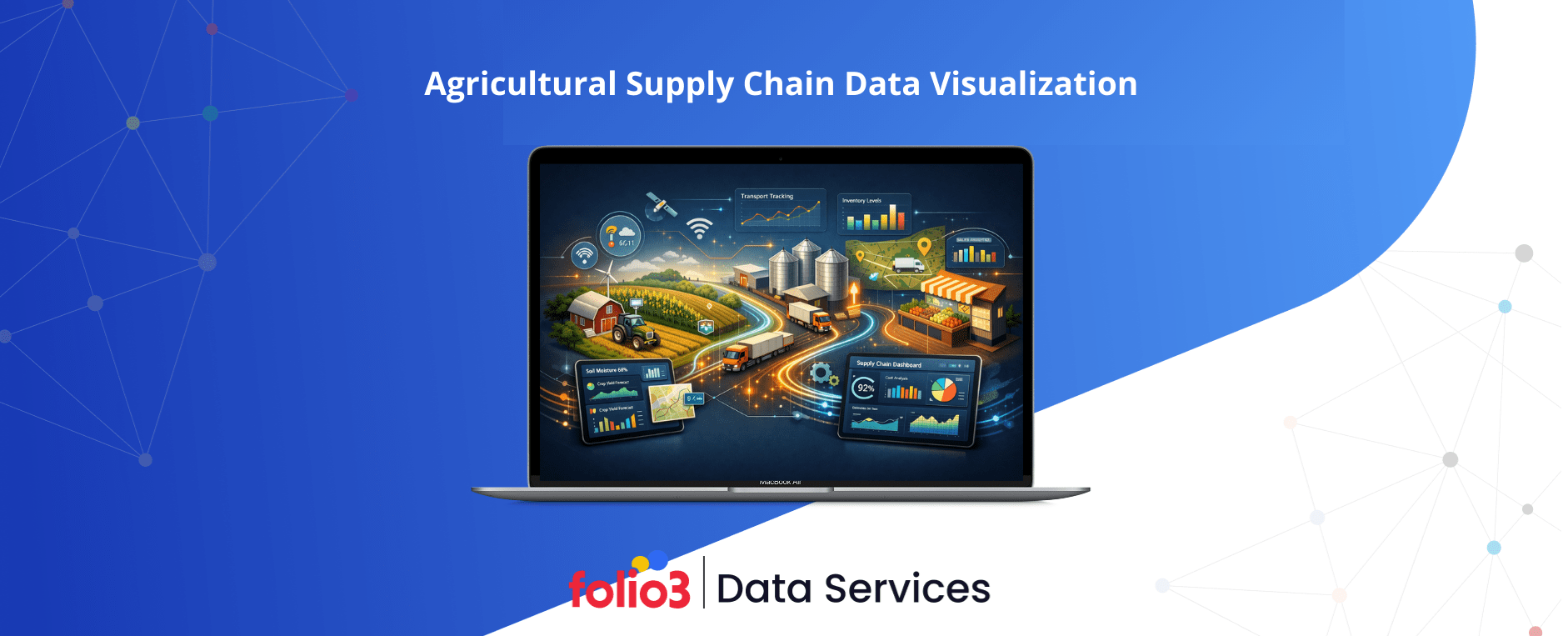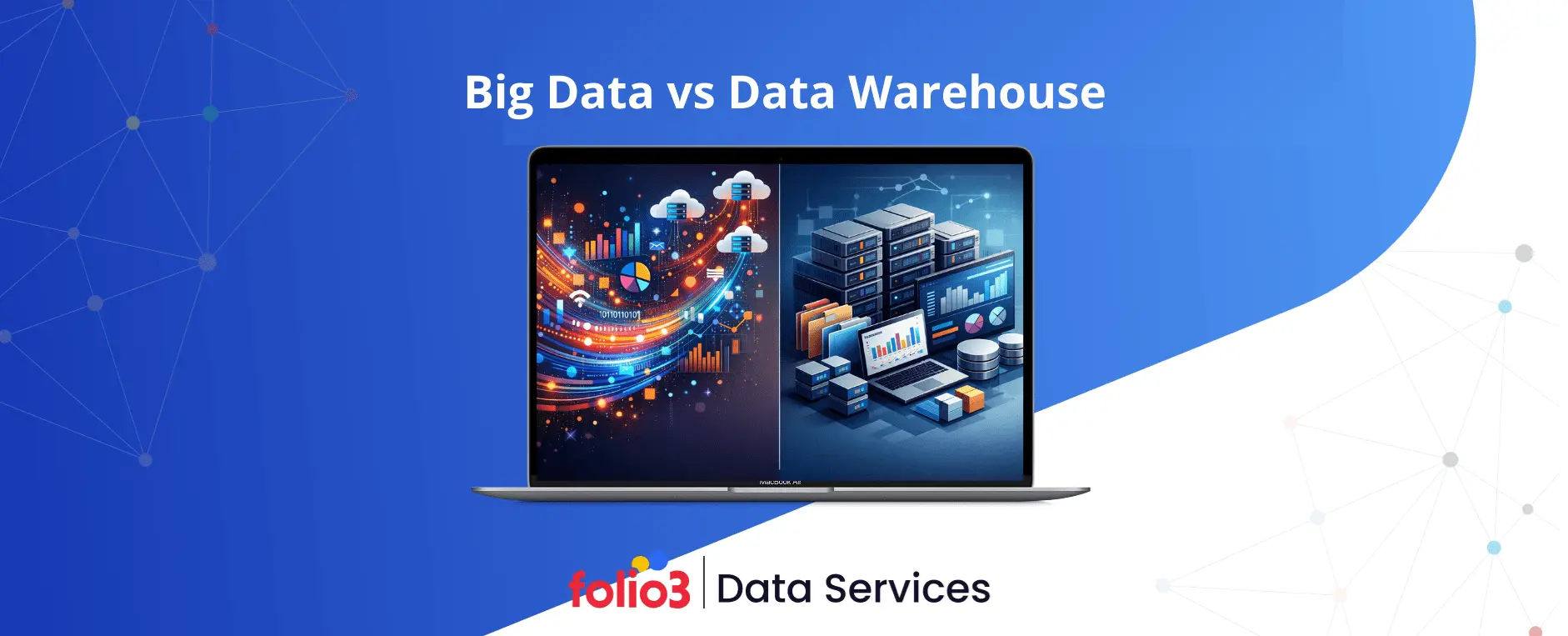Can a single business decision make or break your quarter? Absolutely, and the smartest ones are often grounded in data.
More and more companies are turning to data analytics not just for hindsight, but to shape what’s next. Whether it’s figuring out why sales dipped last month or forecasting demand for the next quarter, analytics helps teams move from guesswork to clarity, and it’s paying off.
According to McKinsey, companies using data-driven B2B sales engines report above-market growth and see EBITDA increases between 15% to 25%. But the benefits go beyond the boardroom. Data analytics enhances how teams work, how products are developed, how customers are served, and how risks are mitigated. It gives businesses the confidence to act quickly and the insight to act wisely.
In this blog, we’ll break down the top benefits of data analytics from better decision-making and cost control to real-time insights and new growth opportunities. Let’s unpack how data is changing the way business gets done.
What is Data Analytics and Why is it Important?
Think of data analytics as a way to find answers hidden in plain sight.
Every day, businesses generate massive amounts of data from sales transactions, website visits, customer feedback, supply chain logs, and more. But raw data doesn’t mean much unless you can make sense of it. That’s where data analytics comes in. It’s the process of examining data to discover patterns, spot trends, and draw conclusions that inform smart business decisions.
There’s no single way to “do” data analytics. It might involve simple tools like Excel or advanced platforms like Snowflake or Power BI. What matters is the goal: to understand what’s happening, why it’s happening, and what to do next—which starts with having a clear data analytics strategy in place.
Why is this so critical? Because intuition alone doesn’t cut it anymore. Decisions backed by data are faster, more accurate, and easier to explain. They help reduce costly mistakes and open up opportunities that you might have otherwise missed.
Whether it’s optimizing inventory, improving marketing campaigns, or figuring out why customer churn is rising, analytics turns questions into answers. And in competitive markets, that edge can make all the difference.
Key Benefits of Data Analytics
Data analytics isn’t just for the data team anymore, but it’s shaping how modern businesses operate, grow, and respond to change. Here’s a closer look at the key benefits of data analytics and why more organizations are making it central to their strategies.
1. Improved Decision Making
One of the most obvious benefits of data analytics is clearer, faster decision-making. When teams have access to accurate, up-to-date information through effective data analytics solutions, they can assess what is working and what is not without relying on guesswork. For example, instead of assuming why sales dipped last quarter, you can pinpoint the exact product, region, or campaign that underperformed. This level of clarity is essential in making decisions that actually move the needle.
2. Increased Operational Efficiency
Many companies have blind spots in their daily operations—bottlenecks in processes, delays in delivery, or inefficiencies in workforce allocation. Data analytics and digital transformation can help uncover these issues by analyzing workflows, resource usage, and time spent on tasks.
Moreover, businesses that utilize analytics to enhance efficiency typically experience substantial improvements in productivity and cost control. When you can spot waste, you can fix it—and that’s a competitive edge worth having.
3. Enhanced Customer Experience
Customers today expect personalized service and fast, responsive support. Analytics helps you understand what customers are doing, not just what they say they want. By analyzing behavioral data, feedback, and purchase history, businesses can tailor their services, recommend relevant products, and proactively address issues.
Leveraging data engineering services ensures that this customer data is collected, integrated, and made accessible efficiently—creating a foundation for more accurate and impactful insights.
That kind of thoughtful, data-informed engagement creates loyalty over time. Harvard Business Review highlights how data-backed decisions often lead to improved customer retention and satisfaction.
4. Cost Reduction
You don’t always need to spend more to get more. Sometimes, the key is spending smarter. One of the advantages of data analytics is its ability to spot areas where resources are being wasted—whether it’s in marketing spend, supply chain inefficiencies, or unnecessary labor hours. By analyzing trends and usage patterns, businesses can reduce overhead without cutting corners.
5. Competitive Advantage
When everyone is working from instinct, those who are working from insight stand out. With analytics, businesses can identify market shifts early, adapt more quickly, and capitalize on opportunities that others miss. In B2B analytics, this means gaining a deeper understanding of complex buying cycles, account behavior, and partnership opportunities—allowing companies to personalize outreach and stay ahead of competitors.
Whether it’s adjusting pricing based on real-time demand or launching a new feature before competitors do, data helps businesses stay one step ahead. A report by McKinsey & Company found that data-driven companies are 23 times more likely to acquire new customers and six times more likely to retain existing ones.
6. Risk Management
From financial fraud to supply chain disruptions, every business faces risk. Data analytics in business enables better risk modeling and the early detection of anomalies. By continuously monitoring trends and patterns, companies can quickly identify irregularities and take action before they escalate into costly issues. It’s not about eliminating risk—it’s about being prepared and responsive.
7. Innovation and New Opportunities
Innovation often starts with a question: “What if?” Data can help answer that. By analyzing trends, consumer behavior, and emerging patterns, companies can identify untapped markets, test new ideas, and refine their products based on the data they reveal. This is one of the key benefits of data analytics—it doesn’t just show you where you are; it helps you imagine what’s possible.
8. Real-Time Insights
In fast-moving industries, timing is everything. Real-time data collection gives teams instant access to performance metrics, customer activity, and market conditions. That means you don’t have to wait for monthly reports to react—you can make decisions in the moment.
Whether you’re optimizing inventory on the fly or reacting to live customer feedback, acting in real-time can be the difference between catching a trend or missing it entirely.
Let’s work together to turn your data into powerful insights that drive success.
4 Types of Data Analytics
Before diving deeper into how businesses benefit from analytics, it’s helpful to understand the different types. Each one answers a different kind of question, and together, they build a fuller picture of what’s happening and what to do next. Together, these four types of data analytics support more intelligent, faster, and more confident decision-making.
They’re not just for large enterprises, but small and mid-sized businesses are increasingly using a mix of these techniques to stay agile and competitive. These are the 4 different types of data analytics:
1. Descriptive Analytics – What happened?
This is the most basic form of data analytics and often the starting point. Descriptive analytics looks at historical data to identify patterns and trends. For example, monthly sales reports, website traffic summaries, or customer churn rates. It doesn’t explain why something happened—it just tells you what happened. Businesses use this to establish benchmarks and understand performance over time.
As part of broader data analytics modernization efforts, many organizations are now automating descriptive reports and integrating them into real-time dashboards.
2. Diagnostic Analytics – Why did it happen?
Once you know something occurred, the next step is figuring out why. Diagnostic analytics digs into the data to uncover causes and correlations. If your sales dropped, a diagnostic analysis might reveal that it was due to a competitor’s new pricing model or a marketing campaign that didn’t perform as expected. This type of analysis often involves drill-downs, data mining, and looking for relationships between variables.
3. Predictive Analytics – What is likely to happen?
This is where things get forward-looking. By leveraging predictive analytics services, businesses can use statistical models and historical data to anticipate future outcomes—such as sales trends, customer churn, or demand fluctuations. While these insights aren’t guarantees, they provide a clearer path for strategic planning and risk mitigation.
4. Prescriptive Analytics – What Should We Do About It?
Prescriptive analytics goes one step beyond prediction. It suggests actions based on the insights gained through predictive analytics techniques. This could involve recommending the optimal time to restock inventory, adjusting ad spend in real-time, or creating a personalized offer to retain a customer. It’s especially useful in decision automation and strategic planning.
How Is Data Analytics Used in Business?
Understanding the benefits of data analytics is only half the story. What brings those benefits to life is how analytics is applied across different areas of a business. From small startups to global enterprises, companies are using data in practical, results-driven ways.
Here are some real-world examples of how data analytics in business is making a measurable difference:
1. Marketing That Connects
Instead of guessing what might attract customers, businesses now analyze click-through rates, email engagement, search data, and social media activity to see what’s working. This means marketing teams can refine their messages, focus their budgets, and improve return on investment. With tools like Google Analytics or HubSpot, it’s easier than ever to track campaign performance in real time and make adjustments on the fly.
2. Smarter Inventory and Supply Chain Decisions
Running out of stock or ordering too much can hurt both sales and cash flow. Companies use analytics to monitor demand patterns, supplier reliability, and delivery timelines. In sectors like retail and agriculture, where demand can shift rapidly, retail predictive analytics plays a crucial role in anticipating customer needs and ensuring optimal stock levels.
Similarly, energy enterprises leverage digital oilfield solutions to improve supply chain efficiency, optimize drilling logistics, and ensure timely resource allocation across operations. This data-driven approach helps businesses keep shelves stocked just right and avoid costly overstock or shortages.
3. Financial Planning with Fewer Surprises
Finance teams use analytics to forecast revenue, track spending, and identify patterns in cash flow. By examining financial data over time, businesses can spot early warning signs of overspending or revenue dips. This helps decision-makers course-correct before things get off track, instead of reacting after the fact.
4. Improving the Customer Experience
Customer service data—such as support tickets, survey responses, or live chat logs—offers valuable insights into what customers think. Through customer experience analytics, companies can systematically analyze this data to identify common complaints, measure satisfaction, and prioritize improvements. The result? A better experience that builds trust and keeps customers coming back.
5. Hiring and Retaining the Right People
Analytics isn’t just for numbers—it’s also transforming HR. Businesses use data to evaluate job applicants, predict employee turnover, and assess engagement levels. This helps them hire smarter and create better work environments. When people feel supported and understood, they’re more likely to stay.
Applications of Data Analytics Across Business Units
While the benefits of data analytics often sound broad—better decisions, faster responses, smarter growth—it becomes even more powerful when you look at how it’s applied within specific departments. Every business unit, from product to people, can use data to solve problems and uncover new opportunities.
Let’s take a closer look at how analytics is put to work across different teams:
1. Product Development
Whether you’re building a new app or improving an existing service, product teams rely on analytics to understand what customers want. Usage data, feature adoption rates, and customer feedback all help shape better, more relevant products. For instance, a company might find that users drop off after a specific step in their app, insight that prompts a redesign or improvement.
2. Operations and Supply Chain
In operations, data analytics helps track the movement of goods, monitor supplier performance, and improve delivery times. Businesses can analyze everything from production line speeds to shipping delays and make changes to increase efficiency.
Inventory forecasting also plays a key role by predicting stock levels based on demand trends, ensuring the right products are available at the right time—minimizing waste and preventing stockouts. It’s particularly useful in manufacturing and agriculture, where even a slight delay or misstep can have a significant impact on costs and customer satisfaction.
3. Sales and Marketing
Sales teams utilize data to identify which prospects are most likely to convert, while marketers analyze engagement metrics to refine their messaging and channels. Analytics tools reveal which campaigns are delivering results—and which ones aren’t. This helps both teams focus their efforts where they matter most, improving conversion rates and driving revenue.
A Forbes report found that 56% of high-performing marketing teams utilize data analytics to inform their campaigns, underscoring the growing centrality of data analytics in customer engagement.
4. Finance and Accounting
Finance teams use data to monitor trends in revenue, expenses, and cash flow. Instead of waiting for month-end reports, many companies now rely on real-time dashboards to spot anomalies, track budgets, and plan. As data analytics trends continue to evolve, predictive analytics is increasingly being used to forecast future revenue or model different financial scenarios, helping businesses prepare for both risks and opportunities.
5. Human Resources
From tracking recruitment efforts to monitoring employee engagement, HR teams are now using data to make better people decisions. For example, analytics can reveal which departments are seeing higher turnover or what benefits employees value most. This allows HR to focus on retention and create more effective hiring strategies.
6. Risk Management and Compliance
In industries such as finance, healthcare, or food processing, staying compliant isn’t optional, but rather a business requirement. Analytics helps flag unusual activity, monitor compliance metrics, and generate the reports needed for audits. It also supports early detection of fraud or operational risks, allowing businesses to act before issues escalate.
For example, a quality control platform might automatically flag temperature deviations in a meat processing facility to prevent spoilage or health hazards.
7. Customer Acquisition
By analyzing customer journeys, demographics, and buying behavior, companies can understand where they’re gaining or losing potential buyers. This data helps tailor acquisition strategies, such as choosing the right platforms, refining offers, or adjusting pricing. With the help of generative AI for data analytics, businesses can automate the discovery of patterns and insights, enabling them to reach the right audience with greater precision instead of relying on broad targeting.
Quick Wins. Long-Term Value. Let’s Get It Done.
Data Analytics – Summary
Data analytics empowers businesses to make smarter decisions, optimize operations, enhance customer experiences, and reduce costs. By leveraging descriptive, diagnostic, predictive, and prescriptive analytics, organizations gain real-time insights, manage risks, uncover growth opportunities, and maintain a competitive edge across marketing, finance, operations, and HR.
FAQs
What are some common benefits of data analytics?
It helps improve decision-making, cut costs, boost efficiency, and reveal growth opportunities. Businesses use it to act with more clarity, whether in sales, finance, or operations.
Who can benefit from data analytics?
Organizations of all sizes and industries, from retail to healthcare, can benefit from this approach. Even non-profits and schools use it to solve problems and make smarter decisions.
Why is data analytics important for businesses?
It provides evidence-based insights that guide strategy, reduce risks, and spot trends early. Data-driven businesses are more agile, competitive, and positioned to grow.
Can small businesses benefit from data analytics?
Yes, even basic tools can help small businesses track trends and make informed decisions. It supports smarter marketing, better planning, and stronger customer retention.
Conclusion
Data is everywhere, but without the right approach, it often goes untapped. The key benefits of data analytics go far beyond charts and reports. They empower every team from product and finance to marketing and HR to ask better questions, make faster decisions, and act on what truly matters.
As more businesses adopt data-driven strategies, those that use analytics thoughtfully will be better positioned to adapt, grow, and innovate. Whether you’re just getting started or looking to expand your current efforts, building a culture around data is essential.
If you’re ready to turn your data into results, Folio3’s Data Services can help you create custom dashboards, automate reporting, and uncover insights that drive growth.
Let’s make your data work harder, smarter, and faster!





